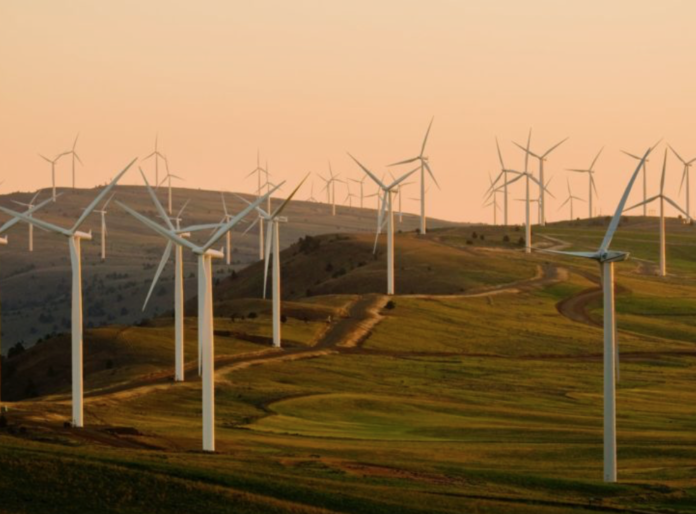Global renewable energy investment increased between 2013 and 2018, reaching its peak at $351 billion in 2017, according to a new report by the International Renewable Energy Agency (IRENA) and Climate Policy Initiative (CPI). The 2020 edition of the Global Landscape of Renewable Energy Finance report reveals that while a cumulative $1.8 trillion was invested during the five-year period, the amount falls short of achieving global climate commitments.
Renewable energy investment slightly declined in 2018, with modest growth through 2019. Although this was largely due to the decreasing costs of renewables, the total installed capacity continued to grow. The current level of investment is still insufficient to keep the rise in global temperatures within the 1.5°C objective by mid-century. To achieve this climate goal, investment in diverse renewables technologies must almost triple annually to $800 billion by 2050.
Ambitious commitments from governments are needed – backed by supporting measures such as moving subsidies away from fossil fuels. Further investments are also needed in system integration and enabling technologies that increase system flexibility such as batteries and energy storage. To that end, policies that enable the integration of new renewable capacity additions into the energy systems are needed, leading to their decarbonization and bringing wide socio-economic benefits.
“The investment trend in renewable energy before COVID-19 was a positive one,” says Francesco La Camera, director-general at IRENA. “But COVID-19 has shown us that much more effort is urgently needed to put us on a climate-compatible pathway and help us recover better with a sustainable, resilient economy. Decision-makers must design systemic approaches to policies that encourage and speed up the flow of investment into renewables – and away from fossil fuels – and doing so enable economic growth, social resilience and welfare.”
IRENA’s post-COVID agenda showed that average annual investments of $2 trillion in renewables and other energy transition-related technologies in the 2021-2023-recovery phase could create 5.5 million additional jobs in the sector. An additional 19 million energy transition-related jobs would be created by 2030, following average annual investments of $4.5 trillion up to 2030.
Looking ahead, policy makers need to signal long-term political commitment and enhance partnerships with the private sector to boost investor confidence and attract additional private capital in the sector. To that effect, the report laid out five specific recommendations that policy makers should implement to engage private sector actors, including institutional investors, capital market players and non-energy producing companies, in the collective path to green recovery and climate objectives.
To read IRENA and CPI’s Global Landscape of Renewable Energy Finance report, click here.




